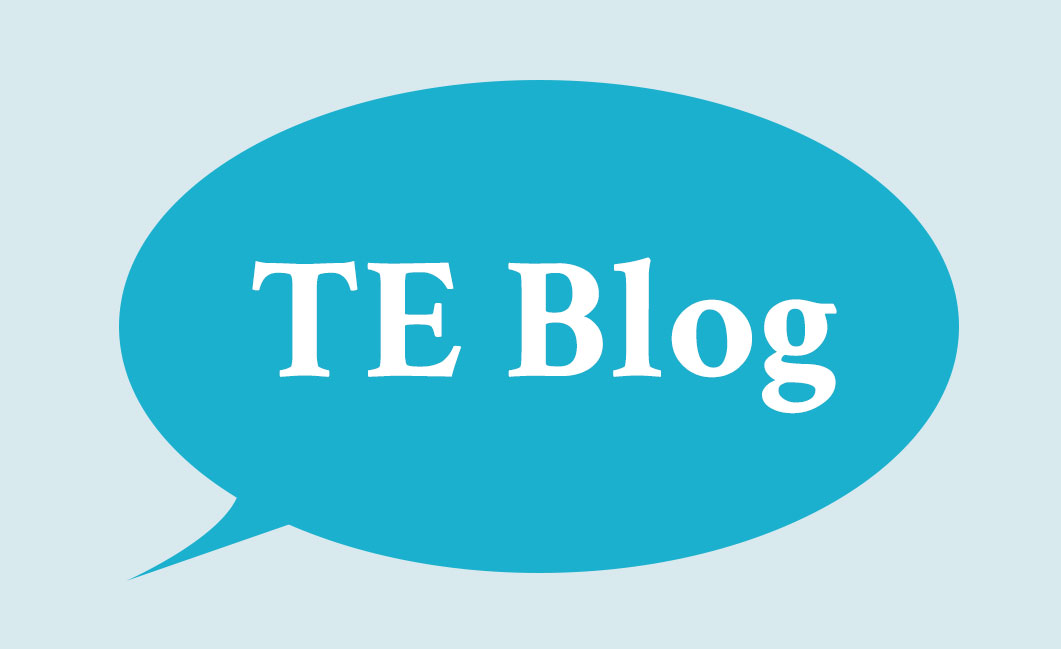Your reference list is a crucial part of your dissertation or thesis as it allows your readers to locate and retrieve your cited sources. Your in-text citations and reference list must be consistent and the two should be easy to cross-reference. This article will review the basics of APA referencing style and provide some examples for easy reference.
The Basics of APA Style References
Unlike many other style manuals, the APA style reference list includes cited sources only and is not bibliographic. This means your reference list should only include sources that you cited within the body of your paper. Likewise, if you cite a source in your paper or dissertation, it must appear in your reference list.
The reference list should be at the end of your paper, starting on its own page. Begin the page with “References” centered at the top. Note that the word “References” should not be bolded, underlined, italicized, or placed in quotation marks.
Your references should be organized alphabetically by each author’s last name. Like the rest of your manuscript, it should be double-spaced. The first line of each reference list appears flush left, and the remaining lines of each entry are indented one-half inch from the margin.
One Author vs. Multiple Authors
In your APA reference list, the format of a reference entry depends on the number of authors of a given source.

Common Types of Sources
In addition to the number of authors, the type of source you are referencing also determines how you should format your entry. The most common types of sources include academic journal articles (which are often retrieved online), books, and individual chapters or articles within an edited book. Below are some examples of how to reference these common source types. Be careful to note the differences in how APA handles publication names, depending on whether your source is a book or a periodical.
Academic Journal Article (Periodicals) per APA Style
A journal may be paginated by volume and issue, or only by volume. If the journal does not assign issue numbers, you may simply use the volume number. Also, only the first word of the title of an article should be capitalized. If the title has two parts and uses a colon (:), capitalize the first word after the colon. The title of the journal should retain the journal’s preferred capitalization (hence, if the journal puts their journal title in all caps, you should, as well). The general format to follow for journal articles is as follows:
![]()
Note that per APA style, if your source has a DOInumber assigned to it, you must include it in your reference list. The DOI is a digital object identifier, which is a numeric or alpha-numeric string of characters that provide a unique link to the original source. While urls to a specific article may change over time, DOIs are regarded as stable and long lasting, making them the preferred method for linking digital resources. If your DOI appears as a url, simply paste the url into your reference list. If your DOI appears as only a string of numbers and letters, preface this with “doi: xxxx”.
When no DOI is available, but a conventional url is available for your source, you may replace the DOI with “Retrieved from” followed by the full url.
An example of an article paginated by both volume and issue, with a DOI available:

Books
When citing a book, the title of the publication is italicized and only the first letter (and first letter following a colon) is capitalized. The location should always include the city and state abbreviation. The general format is as follows:

When citing a chapter or essay with its own individual author that appears in an edited book—that is, an editor or editors are listed on the cover, but each individual chapter is written by a different author—your in-text citation should always reflect the author of the chapter rather than the editor. The format for a chapter or essay in an edited book is as follows (note the different format for page numbers):

Additional APA Style Resources
The examples above, while common, are just a few of many different types of sources. You may also encounter website reports, interviews, magazine articles, dictionary entries, and many more. In addition to your APA 6th edition manual, Purdue University’s OWL APA guide is an excellent resource with instructions for formatting a wide variety of sources.
Additionally, finding the requisite information needed to have a complete reference entry can sometimes be challenging. Google Scholar can be a helpful resource for finding more information about your source to ensure that your reference entry is complete.
Need Help With APA Style References?
Even if you’re familiar with the basic tenets of APA style, formatting and editing your dissertation per APA can be tiresome and time-consuming. Let our professional team handle the APA style editing and formatting tasks for you, allowing you to focus on your research!
References

